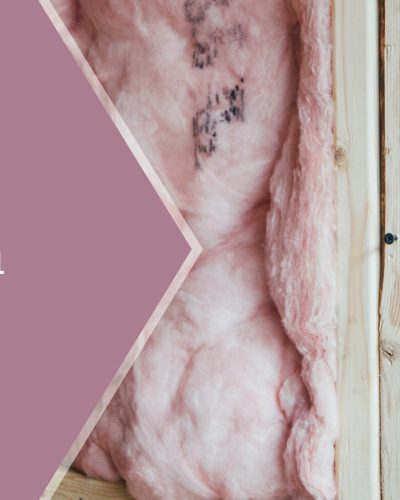Insulation is an essential part of your home. It helps keep the home warm during the winter and cool during the summer. Once you start looking at the different insulation options that are available, though, the whole thing can get a bit confusing. To help you make sense of it all, here are some of the basics you need to know about home insulation.
How Insulation Works
Insulation works by providing a physical barrier to the transfer of heat through parts of the home such as the walls, ceiling and roof. Depending on the type of insulating material used, it may simply provide a barrier to heat transfer, or it could actually reflect some of the heat back in the direction it came from. In the summer, this means that heat is prevented from entering from outside; in the winter, the insulation stops heat from moving out of the house.
Understanding R-Values
Insulation effectiveness is measured by R-Value. The higher a material’s R-Value is, the more resistant it is to heat penetration. Insulations that have a higher R-Value tend to be thicker or made of denser materials able to resist greater amounts of heat transfer than thinner insulations. Some forms of insulation may have a lower R-Value but are still effective; an example is aerosol can spray foam, which can’t be placed very thick, but seals out air. So keep in mind that R-Value isn’t the only measure of how effective insulation is.
Types of Insulation
Insulation isn’t exactly a one-size-fits-all product. There are different types of insulation available to meet different needs. Though the specifics of different insulation types may vary, these are the most common types of insulation you’ll see:
- Batt Insulation – This is what most people think of when they picture insulation. Batt insulation comes in rolls of material such as fiberglass or cotton that is applied in walls, floors, ceilings or other areas where large amounts of insulation is needed.
- Spray Foam – As the name implies, this insulation comes in the form of a liquid foam that is sprayed onto the surface where insulation is needed. The foam expands and hardens, providing a layer of insulation that can fill gaps, cracks and other areas that other insulation types often miss.
- Blown-In Insulation – Similar to spray foam insulation, blown-in insulation is applied by a blower instead of coming in rolls. Instead of originating as a liquid, however, this insulation is made of small bits of fiberglass or cellulose and fills in the area where it is blown. It provides excellent heat retention and creates a sound barrier where applied as well.
- Radiant Barriers – A specialty insulation generally made of layers of perforated aluminum, this insulation is applied in the attic walls and rafters in areas with warm climates. The insulation reflects radiant energy from the sun, reducing attic temperatures and making heating and air conditioning more efficient.
- Window Insulation – This can come in the form of films applied to the window surface, plastic sheeting applied over the windows or even insulation built into the windows themselves.
Insulating your home is a great way to conserve energy and save money, here is where to start. These are some of the specific locations of the home where you should insulate.
Attic
Arguably the most important space in the home to insulate is the attic. This is primarily because heat naturally rises, which means that the attic will hold a lot of the heat generated in the home. During the winter, having that heat escape through the attic will push up energy bills. Batt, blown-in and spray insulation are three fantastic options for the attic.
Crawlspace
Whether ventilated or unventilated, adding insulation to a crawlspace can be a smart move for an energy-aware homeowner. Insulated crawlspaces can help retain heat throughout the house.
Walls
Just like in the attic, adding insulation to the walls of a home can reduce the energy needed to heat or cool the space, resulting in lower utility bills. In addition, insulated walls can give residents more privacy as insulated walls do a better job of blocking sound.
Air Sealing
Even high-quality insulation can’t do much if there are cracks and gaps in your walls or foundation that let air flow in and out freely. Finding and filling cracks with a sealant is an important part of insulating your home. There are different sealants available for this purpose, though spray foam insulation works as both an insulator and an air sealant.
Insulation Installation
Making sense of different types of insulation and figuring out which is best for your needs isn’t always easy. Fortunately, I have trustworthy resources that know the best way to insulate your home. Call me if you need a insulation professional for your home.






